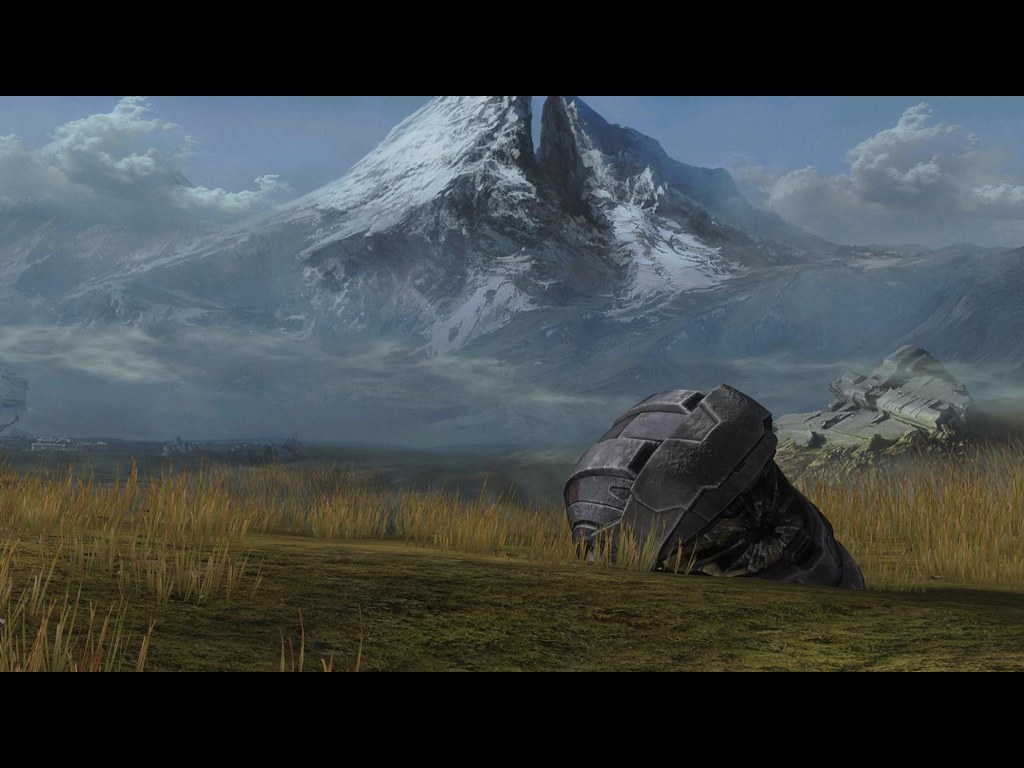With Halo: Reach, Bungie has ended its tenure of one of the most influential series in the video game industry. We are all familiar with the accolades by now – Halo was the Xbox’s killer app, the series that legitimized Microsoft’s stake in the console business, the herald of Xbox Live, and a multi-million dollar, platinum gajillion-seller franchise.
But it is stating the obvious to say that Halo was popular and that it made enough money to line Bill Gates’ jewel-encrusted swimming pool with an extra layer of gold-plated ivory. When all is said and done, what is Bungie’s legacy as game designers?
A lot of people have claimed that Bungie did not innovate enough from game to game, but for me that is never what Halo was about. Sure, there are series like Final Fantasy and Mass Effect that can succeed by reinventing themselves with new installments, but the Halo series has always been more about finesse than innovation. And it really is to Bungie’s credit that the Halo series is one of the few to actually improve with each subsequent release.
Now, I am not saying that everything about the series is flawless; in fact I have some very pointed complaints about the series’s plot (too rushed) and multiplayer (too chaotic). I am also not saying that each game in the series is a classic – having played through Halo: Combat Evolved for the first time in years, I can safely say that it has not aged gracefully. But one of the main reasons for this is because Bungie is one of the few companies I can think of that learns from their mistakes. The studio has improved on their campaigns with each subsequent installment and that, without a doubt, is their biggest strength.
Halo: Combat Evolved was the test kitchen for Bungie’s “30 seconds of fun” formula, in which the player was thrown into numerous short, tense, rounds of combat that mixed melee, grenades and gunplay. Though skirmishes with Halo’s A.I. aliens were impressive at its 2001 launch, when played today the campaign feels overlong and your opponents run out of new tricks fairly quickly. Of course, the game also suffered from incredibly repetitive stage design, but the less we say about The Library level the better.

Halo 2 is where Bungie really started to experiment with their “combat sandbox” idea. Its levels had two big improvements: first, they were actually distinguishable from each other, and second they encouraged experimentation by players. The level design was not as straight forward as it had been in the first Halo and a clever player could find a variety of ways to tackle a fight. In almost every level, you could find sniper roosts, alleyways for close-quarters combat and teammates you could equip with whatever gear the Master Chief wasn’t using.
The third game used the 360’s power to up the series’ sense of scale. The most distinctive battle for me in Halo 3 took place on a beach and pitted you against two Scarab tanks at once. Banshee jets whizzed by while Ghosts and Brutes patrolled the ground by the Scarab’s stomping feet. You could start the fight in a jet, get shot to the ground, hitch a ride in a Warthog to take out a Scarab’s legs and then grab a low-flying Banshee to finish off the giant tank.
And while some are quick to brush aside ODST, I see it as the most atmospheric title in the series. It was, for all intents and purposes, an expansion pack for Halo 3, but its noir tone and brooding soundtrack set a tone stronger than any other in the Halo franchise.
Which brings us back to Reach. Having played Reach and Combat Evolved back to back over the last two weeks, the level of improvement is astounding. Reach really does feel like a refinement of everything Bungie has learned over their last decade of game design, and features the most concise and rewarding campaign the studio has ever produced. There’s very little fat in Reach’s nine levels and each has its own distinct feel, from escorting refugees out of a besieged city to orbital dogfights in the planet’s atmosphere. Reach’s mechanics may be almost identical to the nine-year old Combat Evolved’s, but the environments surrounding those 30 seconds of fun have done nothing but improve.
While none of the games in the series are perfect, they do demonstrate that Bungie knows how to take a formula and steadily improve it with each new title. Now let’s just hope they can pass that knowledge on to Activision.